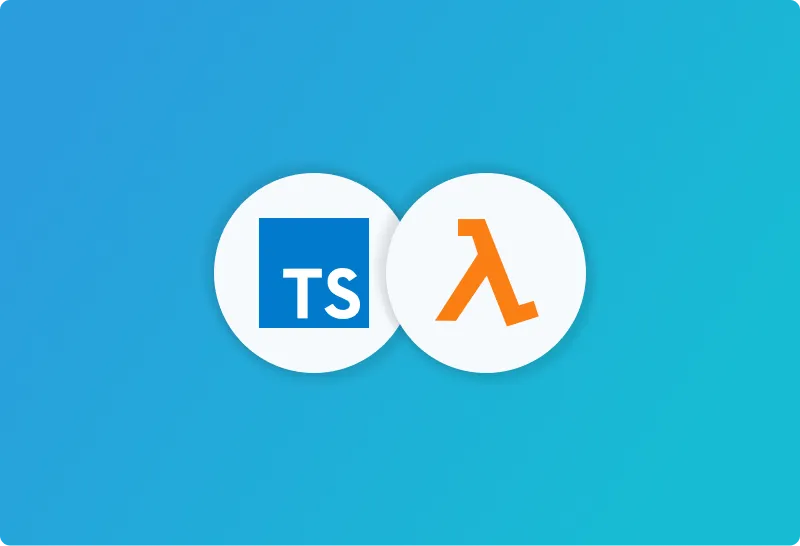Write typesafe AWS lambda functions with:
- ⚙️ minimal configuration effort
- 🏗️ local dev environment
- 🚀 quick deployments
- 🔒 request and response validation
- ⭐️ aws-sdk or fetch for either Browser or Node.js clients
- 😷 typesafe client and server interface
A working vite example can be found in the example app package or deployed here.
import { z } from "zod";
import { createLambda } from "@tlfc/server";
export default createLambda(
{
requestSchema: z.object({ name: z.string() }),
responseSchema: z.object({ message: z.string() }),
functionName: "messageHandler",
},
async (event) => {
const message = calculateMessage(event.name);
return { message };
}
);import { configure } from "@tlfc/client";
import messageLambda from "../server/message-lambda";
configure(import.meta.env.VITE_TLFC_API_PATH);
async function handleClick() {
const response = await messageLambda.call({ name: "Foo" });
title.innerText = response.message;
}Under the hood the @tlfc/vite plugin transforms the @tlfc/server import to a @tlfc/client import. Also it strips the lambda implementation and environment Variables from the client bundle.
The @tlfc/client package uses the fetch api to call the lambda at a specific endpoint. For local development the endpoint is automatically resolved. For production the VITE_TLFC_API_PATH needs to be set to the URL that the @tlfc/tools deployment creates.
If the @tlfc/client is used outside the browser it will automatically switch to the aws-sdk to call the lambda.
